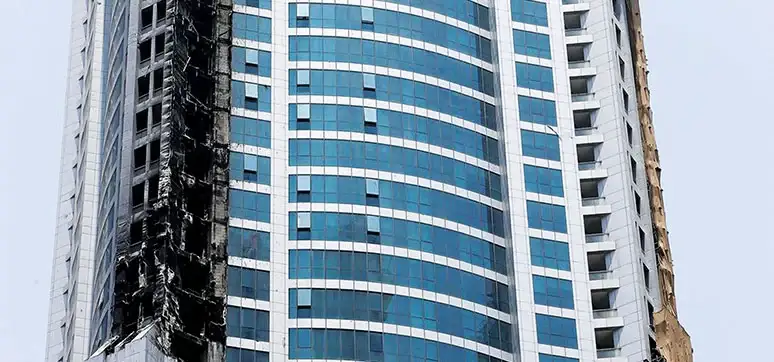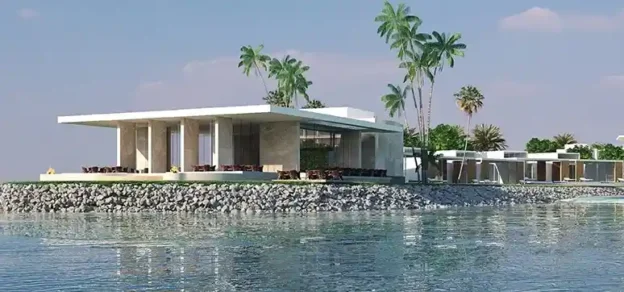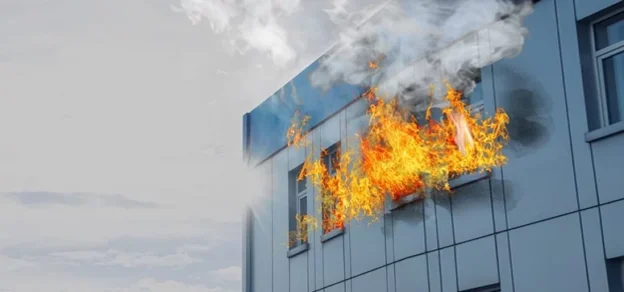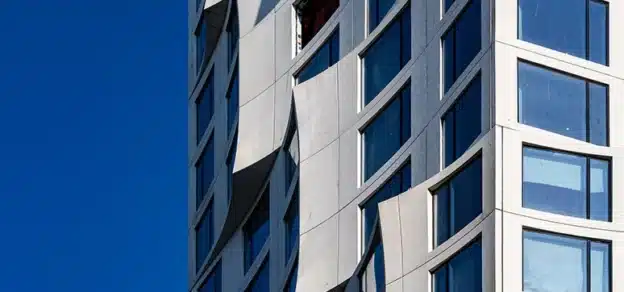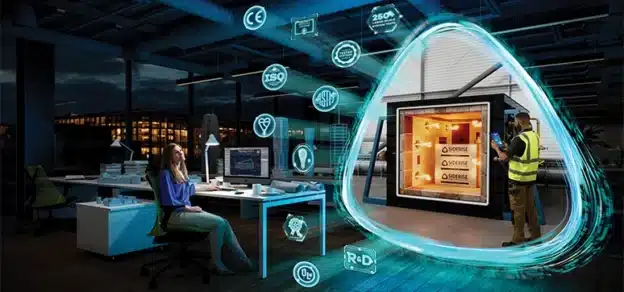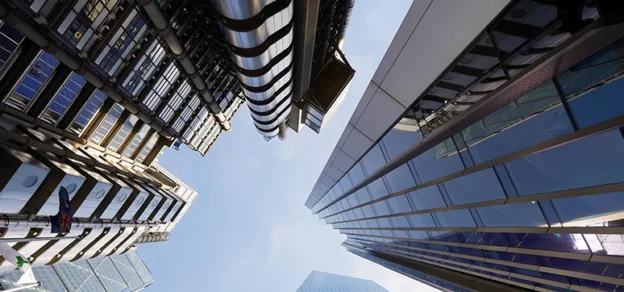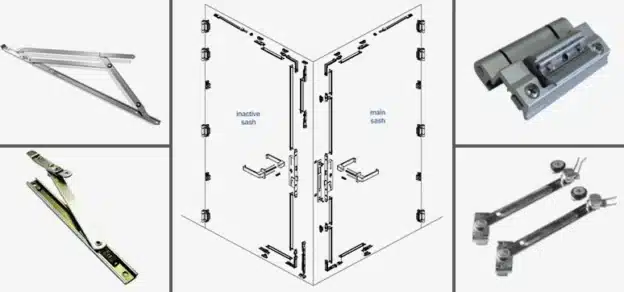For architects, the façade of a building is a beautiful building front that defines the character of the building and reflects on its design. However, with the recent rise in façade fires globally, this meaning is shifting towards its literal meaning of “a false appearance that makes something seem more pleasant or better than it really is”. The fire safety that is applicable to the building envelopes in the Middle East has grown exponentially over the years from a traditional use of just fire extinguishers and basic fire warning alarm systems to more sophisticated integrated life safety systems, to meet the demands of more international quality building use.
This growth phase in the building design and construction industry has also brought in more professional designs, technologies and construction methods to meet the demand and match the speed of growth.
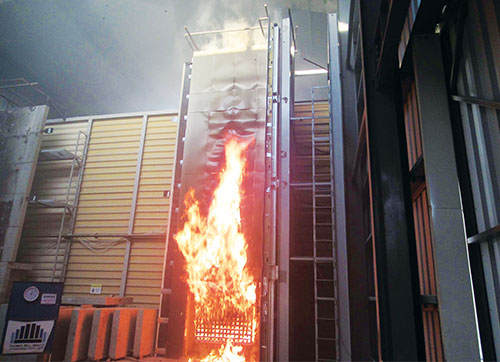
The challenges posed by the need to have more complex and energy-efficient buildings prompted the adoption of certain construction materials that were architecturally appealing while meeting the energy efficiency criteria required to meet these challenges thus bringing in some combustible or flammable elements in the façade materials.
The building codes traditionally did not require “fire-rated” external walls of which façades are a major component (when building setbacks are complied with) and hence, there was a grey area in terms of implementation of fire safety objectives of the façade fire performance.
It was indeed a challenging time for regulators to keep pace with this ever-growing and developing sector to formulate and implement policies that will ensure the interests of various stakeholders having varied goals are met.
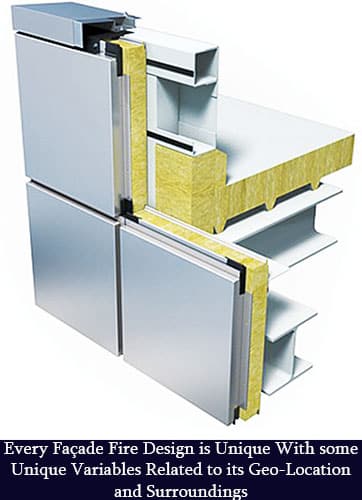
The focus remained on fire safety within the building enclosure or an envelope by adopting traditional fire engineering objectives of life safety, property protection and business continuity within the designs of the building. Many building designers still do not feel it is mandatory to involve a professional fire engineer in their design since they consider compliance with the building code prescriptions is enough to secure the building in terms of fire safety.
Similarly, the focus on active fire protection systems is far more than the passive fire protection measures. Active fire protection systems are conspicuous and tangible in the building fire protection system as compared to passive fire-stopping systems that are generally acting behind the scenes. There is a general lack of awareness of the fire-stopping systems and a lack of mandatory regulatory compliance checks of these construction elements during construction, which makes the building susceptible to fire growth problems.
The major high-rise fires in the recent past in the region as well as globally were mainly attributed to the rapid-fire growth due to non-rated, non-tested façade systems installed on these and many such high-rise buildings. The façade fires are generally outrageous and draw widespread attention while reducing confidence in the safety design of the built environment.
This has also necessitated the need to add another objective of “corporate/city image and commitment to the safety of society” to the traditional fire engineering design objectives of life safety, property protection and business continuity. The entire fire industry stakeholders like regulators, testing laboratories, product developers, engineers and installers through their specific interest groups are proposing their solutions to improve the fire performance of these façade materials and systems.
There is a wide range of literature available now from these interest groups that define the various parameters for the performance of the façade materials during the fire as well as the mitigating measures to prevent the fire from spreading in the building. However, they are unanimous on one aspect, i.e. the need for more research and industry cooperation on the subject.
We cannot have a one-size-fits-all solution. Every façade fire design is unique with some unique variables related to its geo-location and surroundings. Even an approach of – “change the entire façade system of some of the already built buildings” is impractical since it will incur prohibitive costs. Hence, multiple approaches will need to be developed and categorized.
It is expected that such approaches may involve: Short term:
1. Risk assessment and/or inspections of the buildings
2. Identifying possible mitigating measures in terms of passive and/or active systems
Medium/long term:
1. Certification Regime
2. Testing of façade materials
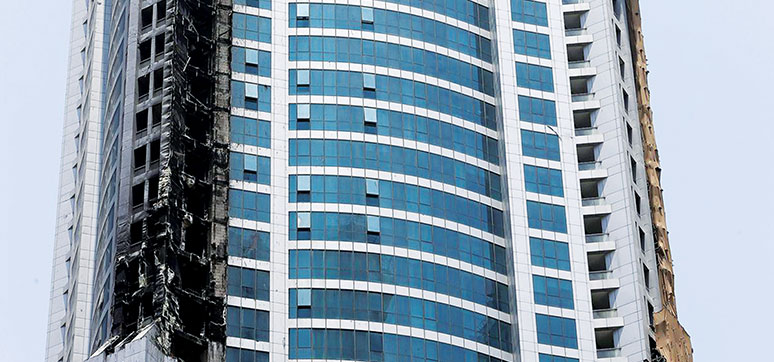
While the industry at the product design and manufacture level has been proactive in addressing this global issue, the biggest gap currently is in the construction sector where the builders have limited exposure and knowledge of this burning issue at the field level. There is still a large gap of trained staff available at the construction sites, who are involved in the review of shop drawings, material submittals, supervising the construction methods, etc.
There is an urgent need for training and orientation to be carried out by the product manufacturers and designers, to these field engineers, without which all the efforts of developing a solution will be in vain. Similarly, there is a need to ensure that the value engineering exercise that is carried out at various stages does not dilute the fire safety aspects due to a lack of knowledge of these aspects. It is important that a qualified fire engineer is part of the value engineering process.
It is indeed important to acknowledge that fire safety within and outside the building envelope is not merely about filing compliance reports with the authorities but more about creating a safe and sustainable community.
